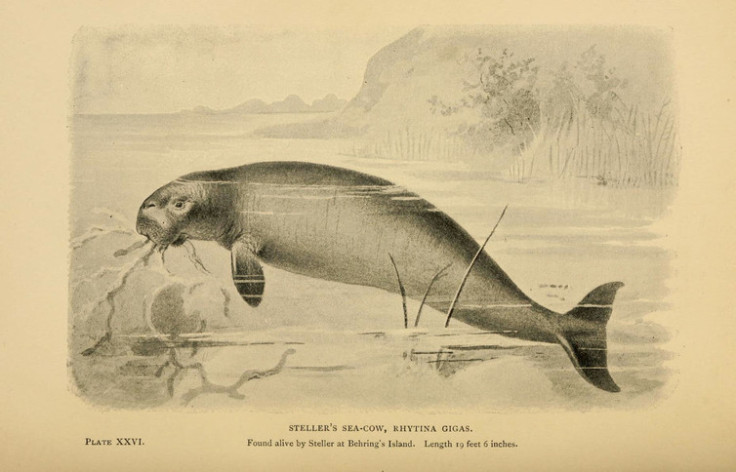Massive extinct sea cow skeleton found perfectly preserved beneath Russian beach
The Stellar's sea cow went extinct within 27 years of it being first spotted by humans.

An enormous skeleton of a sea cow, an extinct beast that roamed the icy waters surrounding the North Pacific near the Bering Sea, was found almost entirely intact, buried in the sands of a beach in the Komandorsky Nature Reserve in Siberia, Russia.
The find is fascinating as the skeleton is neatly preserved, sans the head and a few missing vertebrae, reports ZME science. It is rare to find a skeleton that is this well preserved as most specimens in museums around the world only have composite skeletons.
The initial study, led by Marina Shitova at the nature reserve, says there's nothing ancient about it.
Shitova's team first began to excavate the site after they found the animal's ribcage sticking out from the sand.
According to researchers, the animal, when alive, would have been at least 5 metres long and weighed a massive 5 to 7 tonnes.
Sea cows went extinct in 1768, just 27 years after they were first spotted in 1741.
The animal is named Stellar's sea cow after naturalist George Stellar. In his own words, "The animal never comes out on shore, but always lives in the water. Its skin is black and thick like the bark of an old oak, its head in proportion to the body is small, it has no teeth, but only two flat white bones one above, the other below".
Sea Cows were also reportedly gentle creatures as they remained isolated in the northern seas and had no natural predators.
The report notes that once word got out that there was easy prey in the Bering Sea that did not even have teeth to fight back, fishermen flocked to the Siberian shores. Stellar's sea cows are among the animals that were literally harpooned out of existence. In 1768, the last one was killed.
Steller's sea cows were large beasts as well. One cow could reportedly feed 33 men for a whole month. Their flesh was advertised to taste like almonds and demand for sea cow meat drove mariners to overhunt. The report points out that one estimate says that due to the primitive hunting methods humans might have slaughtered 7 times as many sea cows as they eat.
Just like the surviving sea cow family member- the manatee, Stellar's also had a gestation period of over a year, but they were hunted en mass, far faster than they could reproduce. The report points out that a similar fate befell Dodos from Mauritius that also went extinct about a hundred years after they were first spotted.





















